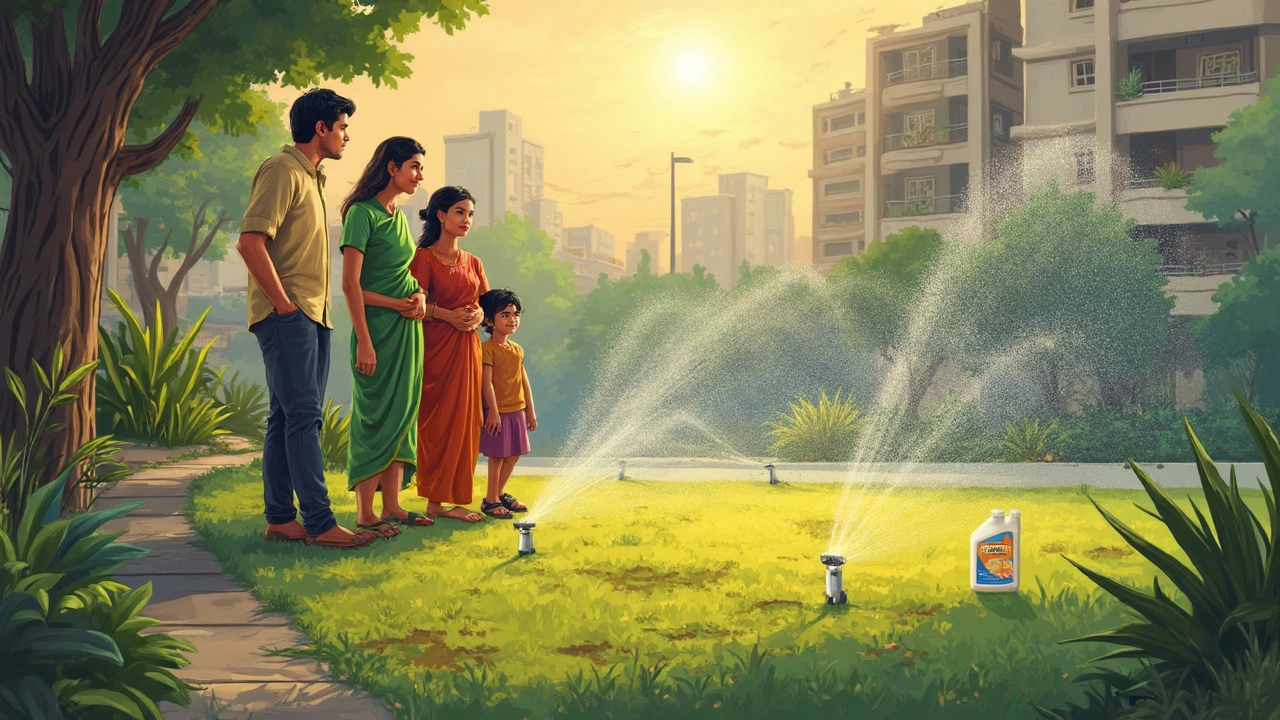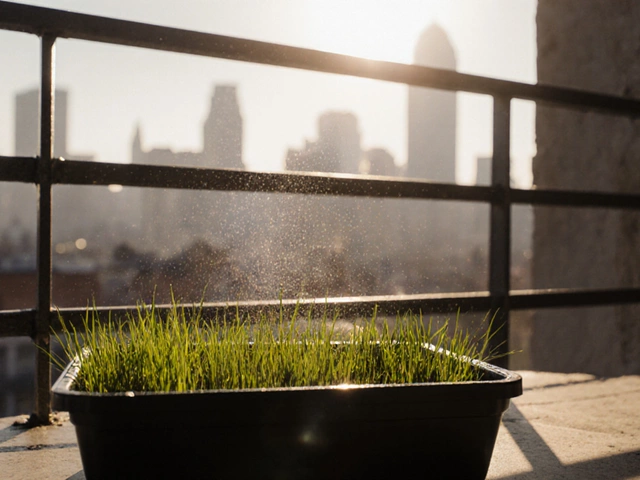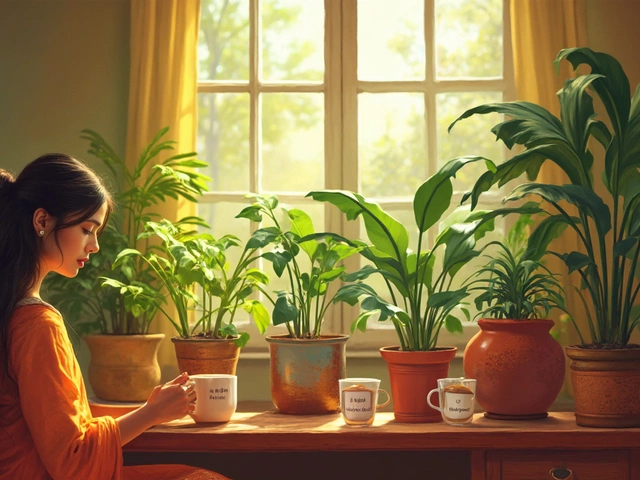Unsustainable Gardening Practices and How to Fix Them
If you love your garden but keep hearing that some of your habits are harming the planet, you’re not alone. Many everyday actions, from over‑watering to over‑using chemicals, look harmless but actually waste resources and damage soil. The good news? Simple swaps can turn those unsustainable habits into green wins without big costs.
Common Unsustainable Habits
First, let’s spot the culprits. Too much water is the biggest waste. Sprinklers that run all day, especially in hot Indian summers, evaporate water before it reaches roots. That not only hikes your bill but also dries out the soil, forcing plants to work harder.
Next, think about chemicals. Broad‑spectrum pesticides and synthetic fertilizers promise fast results, but they kill beneficial insects, leach into groundwater, and make soil less fertile over time. If you’ve ever noticed a thin, dusty layer on your garden beds, that’s a sign of over‑fertilizing.
Another often‑overlooked issue is soil compaction. Walking on wet beds, using heavy machinery, or piling mulch too deep squeezes air out of the soil. Roots struggle for oxygen, and water drains poorly, leading to runoff.
Simple Swaps for a Sustainable Garden
Ready for a fix? Start with water. Switch to drip irrigation or soaker hoses. These deliver water right to the root zone, cutting usage by 30‑50%. Bury the lines at the recommended depth (around 2‑3 cm for most crops) to protect them from sunlight and reduce evaporation.
Replace chemical fertilizers with compost or well‑rotted manure. Not only do they feed plants slowly, but they also improve soil structure, boosting water retention—perfect for those monsoon‑prone regions.
Introduce cover crops or mulches made from local plant waste. A thin layer of straw or leaf mulch keeps soil cool, reduces evaporation, and prevents compaction. Just avoid piling it over 5 cm deep; otherwise, water can’t reach the roots.
Consider native plants and drought‑tolerant varieties. They need less water, fewer chemicals, and attract local pollinators. A quick look at our “Sustainable Gardening” guide shows which species thrive in different Indian climates.
Lastly, practice companion planting. Pairing plants like basil with tomatoes deters pests naturally, cutting down the need for sprays. It also improves flavor and yields, making your garden more productive without extra inputs.
By spotting unsustainable habits and swapping them for these easy fixes, you’ll see healthier plants, lower bills, and a garden that works with nature, not against it. Ready to make the change? Start with one habit today and watch the difference grow.

Most Unsustainable Thing? Grass Lawns and the Gardening Problem
This article dives into the surprisingly huge impact of traditional grass lawns on the environment. It unpacks why these green spaces are wildly unsustainable, especially when it comes to water use and chemicals. You'll find out how much damage a simple yard can do, why smarter gardening matters, and what easy swaps can change your lawn for the better. Get practical, real-world ideas to make your outdoor space greener. Discover what to ditch and what to plant instead for a healthier world.
About
Sustainable Gardening
Latest Posts


Does Apple Cider Vinegar Work as a Natural Insecticide? Facts, Recipes & Results
By Alden Thorne Jun 26, 2025

Best Liquid to Water Plants: What Actually Works?
By Alden Thorne May 9, 2025

Can You Grow Rice from Store-Bought Rice? Exploring the Possibilities
By Alden Thorne Feb 8, 2025
